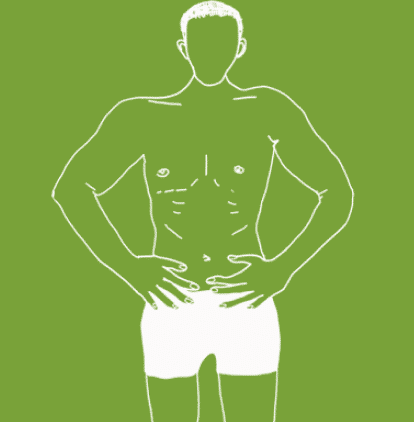
Here Are the Symptoms Often Associated With This Condition:
- Persistent or recurring pain that may feel like burning, itching, or aching in the genital or anal area
- Discomfort triggered by sitting, wearing certain clothes, or engaging in physical activities
- Difficulty with urination such as urgency, hesitancy, frequent trips to the bathroom, or a reduced stream
- Pain during or after ejaculation, often centered in the perineum, penis, or scrotum
- Some men report erectile dysfunction and reduced ejaculatory force
- Gastrointestinal issues like bloating and constipation
- These digestive symptoms can appear suddenly or be aggravated by activities like sex or exercise
- Symptoms may occur irregularly or remain constant over time
For men in Carlsbad, pelvic floor therapy offers a science-backed, non-invasive path toward meaningful relief.
Here Are the Symptoms Often Associated With This Condition:
- Persistent or recurring pain that may feel like burning, itching, or aching in the genital or anal area
- Discomfort triggered by sitting, wearing certain clothes, or engaging in physical activities
- Difficulty with urination such as urgency, hesitancy, frequent trips to the bathroom, or a reduced stream
- Pain during or after ejaculation, often centered in the perineum, penis, or scrotum
- Some men report erectile dysfunction and reduced ejaculatory force
- Gastrointestinal issues like bloating and constipation
- These digestive symptoms can appear suddenly or be aggravated by activities like sex or exercise
- Symptoms may occur irregularly or remain constant over time
For men in Carlsbad, pelvic floor therapy offers a science-backed, non-invasive path toward meaningful relief.

Associated Diagnoses
Chronic Pelvic Pain Syndrome/Male Pelvic Pain, Chronic Nonbacterial Prostatitis, Pudendal Neuralgia, Hard Flaccid Syndrome and Interstitial Cystitis/Painful Bladder Syndrome are all pain syndromes that cause pelvic pain due to pelvic floor dysfunction.
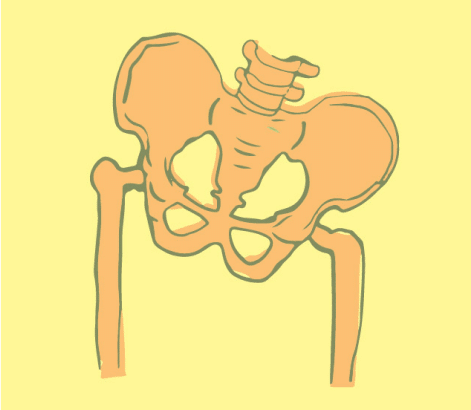
Associated Diagnoses
Chronic Pelvic Pain Syndrome/Male Pelvic Pain, Chronic Nonbacterial Prostatitis, Pudendal Neuralgia, Hard Flaccid Syndrome and Interstitial Cystitis/Painful Bladder Syndrome are all pain syndromes that cause pelvic pain due to pelvic floor dysfunction.

- Surgical trauma (vasectomy, benign prostatic hyperplasia (BPH) interventions, prostatectomy)
- Orthopedic injuries or other traumas (spine, hip, knee, and/or ankle injuries/pathology, accidents)
- Biomechanical or structural dysfunction (hip dysfunction, piriformis syndrome, scoliosis, leg length discrepancy)
- Excessive exercise or changes to exercise routine
- Excessive sitting
- Chronic constipation and straining
- Jelqing and/or attempts at gential enhancement or foreskin regeneration
- In rare cases, bladder, prostate, or sexually transmitted infections after successful resolution of infection
- The majority of men with pelvic pain, with or without urinary or bowel complaints, have pelvic floor dysfunction

Causes of Pelvic Pain
- Surgical trauma (vasectomy, benign prostatic hyperplasia (BPH) interventions, prostatectomy)
- Orthopedic injuries or other traumas (spine, hip, knee, and/or ankle injuries/pathology, accidents)
- Biomechanical or structural dysfunction (hip dysfunction, piriformis syndrome, scoliosis, leg length discrepancy)
- Excessive exercise or changes to exercise routine
- Excessive sitting
- Chronic constipation and straining
- Jelqing and/or attempts at gential enhancement or foreskin regeneration
- In rare cases, bladder, prostate, or sexually transmitted infections after successful resolution of infection
- The majority of men with pelvic pain, with or without urinary or bowel complaints, have pelvic floor dysfunction
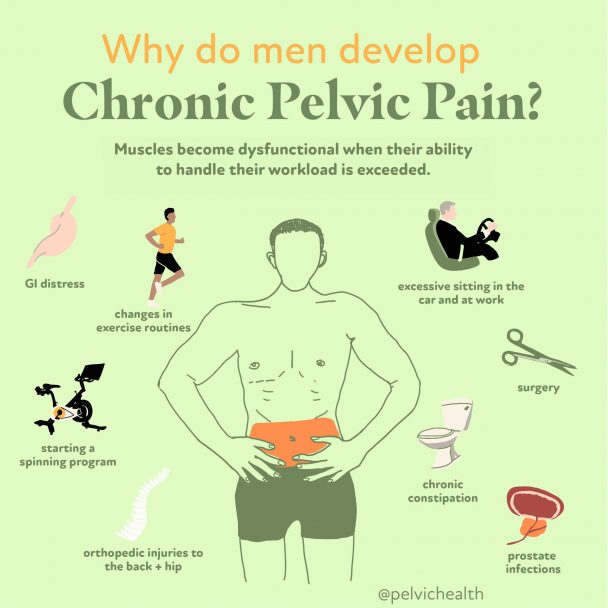
Diagnostic Challenges
Men suffering from chronic pelvic pain often wait a long time for proper diagnosis—sometimes up to seven years. This long delay is largely due to the fact that male pelvic pain symptoms closely mirror those of prostate infections, bladder issues, or sexually transmitted diseases. In most cases, providers will prescribe antibiotics without confirming an infection through testing, as the testing process can be extensive and uncomfortable. On top of that, there’s a general lack of awareness in the medical community about male pelvic floor dysfunction. Most pelvic floor physical and occupational therapistss are also only trained to work with women. At PHRC, we’ve built our practice differently—with training and expertise that supports the needs of both men and women equally.
A significant number of men who deal with chronic pelvic discomfort are often mistakenly told they have “prostatitis” and placed on antibiotic regimens, despite having no infection. Extensive research supports that over 90% of males with pelvic or urinary symptoms do not suffer from an actual bacterial issue within the prostate. Rather, most of these individuals fit into the NIH’s classifications of Chronic Pelvic Pain Syndrome (CPPS), specifically categories IIIa and IIIb.
According to the National Institutes of Health, prostatitis-related conditions are broken down into the following five categories:
Category I: Acute bacterial prostatitis – involves abrupt, intense symptoms, including fever and bacterial urinary tract infection.
Category II: Chronic bacterial prostatitis – involves persistent bacterial infection and recurrent UTI episodes.
Category IIIa: Inflammatory CPPS – confirmed by finding white blood cells in seminal or prostatic secretions.
Category IIIb: Non-inflammatory CPPS – similar symptoms as IIIa, but without any signs of inflammation in fluid samples.
Category IV: Asymptomatic inflammatory prostatitis – presence of inflammation with no apparent symptoms or discomfort.
Diagnostic Challenges
Men suffering from chronic pelvic pain often wait a long time for proper diagnosis—sometimes up to seven years. This long delay is largely due to the fact that male pelvic pain symptoms closely mirror those of prostate infections, bladder issues, or sexually transmitted diseases. In most cases, providers will prescribe antibiotics without confirming an infection through testing, as the testing process can be extensive and uncomfortable. On top of that, there’s a general lack of awareness in the medical community about male pelvic floor dysfunction. Most pelvic floor physical and occupational therapistss are also only trained to work with women. At PHRC, we’ve built our practice differently—with training and expertise that supports the needs of both men and women equally.
A significant number of men who deal with chronic pelvic discomfort are often mistakenly told they have “prostatitis” and placed on antibiotic regimens, despite having no infection. Extensive research supports that over 90% of males with pelvic or urinary symptoms do not suffer from an actual bacterial issue within the prostate. Rather, most of these individuals fit into the NIH’s classifications of Chronic Pelvic Pain Syndrome (CPPS), specifically categories IIIa and IIIb.
According to the National Institutes of Health, prostatitis-related conditions are broken down into the following five categories:
Category I: Acute bacterial prostatitis – involves abrupt, intense symptoms, including fever and bacterial urinary tract infection.
Category II: Chronic bacterial prostatitis – involves persistent bacterial infection and recurrent UTI episodes.
Category IIIa: Inflammatory CPPS – confirmed by finding white blood cells in seminal or prostatic secretions.
Category IIIb: Non-inflammatory CPPS – similar symptoms as IIIa, but without any signs of inflammation in fluid samples.
Category IV: Asymptomatic inflammatory prostatitis – presence of inflammation with no apparent symptoms or discomfort.
Treatment:
How We Can Help You
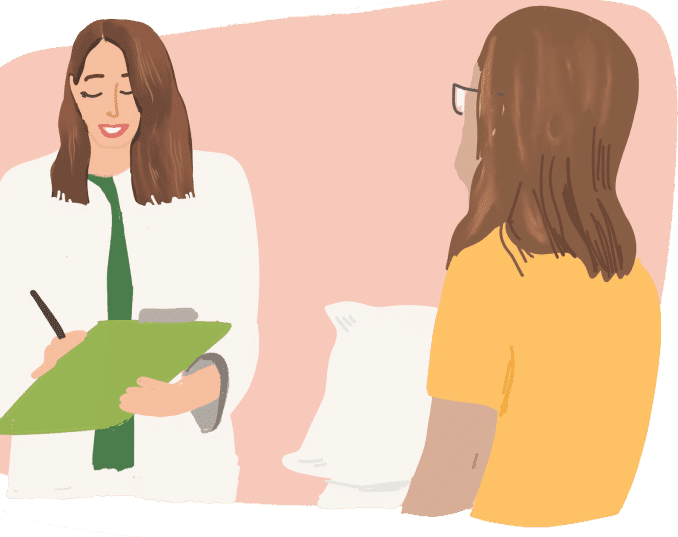
For men in Carlsbad dealing with pelvic pain, a specialized pelvic floor physical and occupational therapy evaluation can provide much-needed answers and support. The process begins with a thorough conversation about your symptoms, your medical journey, and the success or limitations of past treatments. We recognize how frustrating this path can be, especially when you’ve seen little progress.
Your physical and occupational therapists will perform a comprehensive hands-on exam that includes checking the muscles, joints, tissues, nerves, and movement mechanics related to your pelvic floor. After the evaluation, you’ll be given a personalized assessment that explains the origins of your discomfort and outlines realistic short- and long-term goals. Typically, patients in Carlsbad attend therapy once or twice a week for around 12 weeks and receive exercises to do at home. Your therapist will also communicate with other providers involved in your care to ensure a fully integrated recovery plan. We’re committed to helping Carlsbad men find lasting relief.
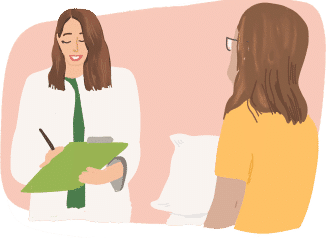
Treatment:
How We Can Help You
For men in Carlsbad dealing with pelvic pain, a specialized pelvic floor physical and occupational therapy evaluation can provide much-needed answers and support. The process begins with a thorough conversation about your symptoms, your medical journey, and the success or limitations of past treatments. We recognize how frustrating this path can be, especially when you’ve seen little progress.
Your physical and occupational therapists will perform a comprehensive hands-on exam that includes checking the muscles, joints, tissues, nerves, and movement mechanics related to your pelvic floor. After the evaluation, you’ll be given a personalized assessment that explains the origins of your discomfort and outlines realistic short- and long-term goals. Typically, patients in Carlsbad attend therapy once or twice a week for around 12 weeks and receive exercises to do at home. Your therapist will also communicate with other providers involved in your care to ensure a fully integrated recovery plan. We’re committed to helping Carlsbad men find lasting relief.
How Can We Help You?
Have a question or feedback for us? Use the form below to get in touch. Don’t forget to provide your email address so we can send you a response. Your privacy is important to us, and all information submitted will be kept completely private.

Join The Newsletter. Win a copy of our book, “Pelvic Pain Explained!”
We love getting to know our website visitors. Please tell us a little bit about yourself and get the latest info via PHRC e-newsletter!
*Subscribers automatically eligible to win our book, “Pelvic Pain Explained.”
Pelvic Pain Explained tells the story behind the symptoms—how pelvic pain develops, why it’s so difficult to diagnose, and the obstacles faced when trying to find the right treatment. It also addresses the emotional and relational toll of living with a condition that often goes unseen by others, revealing the deeper effects it has on one’s well-being and support system.


